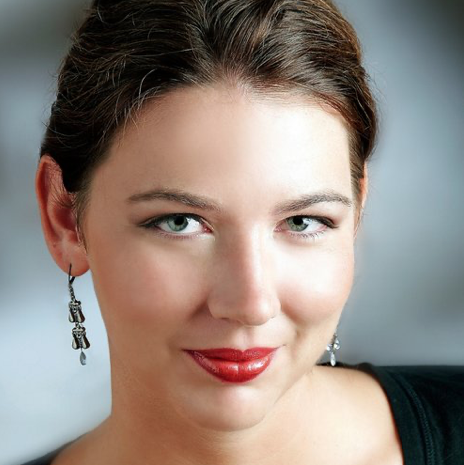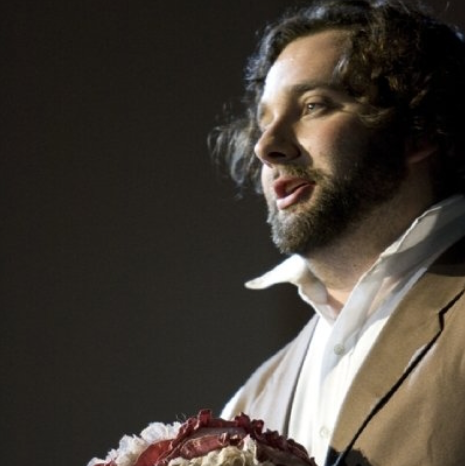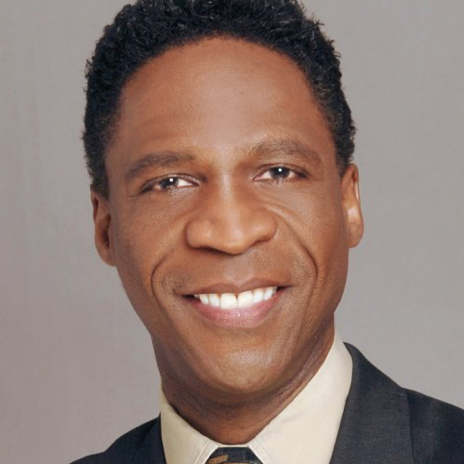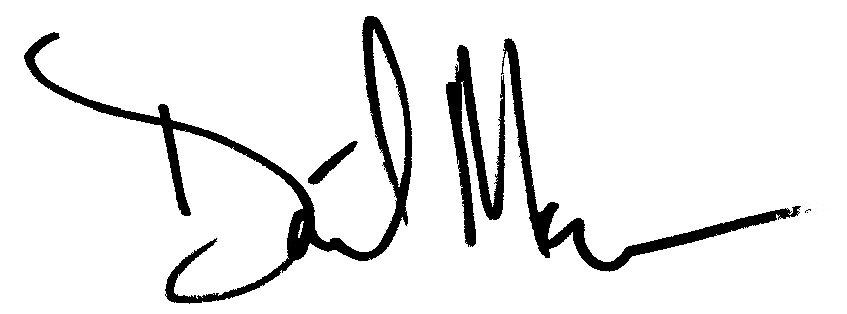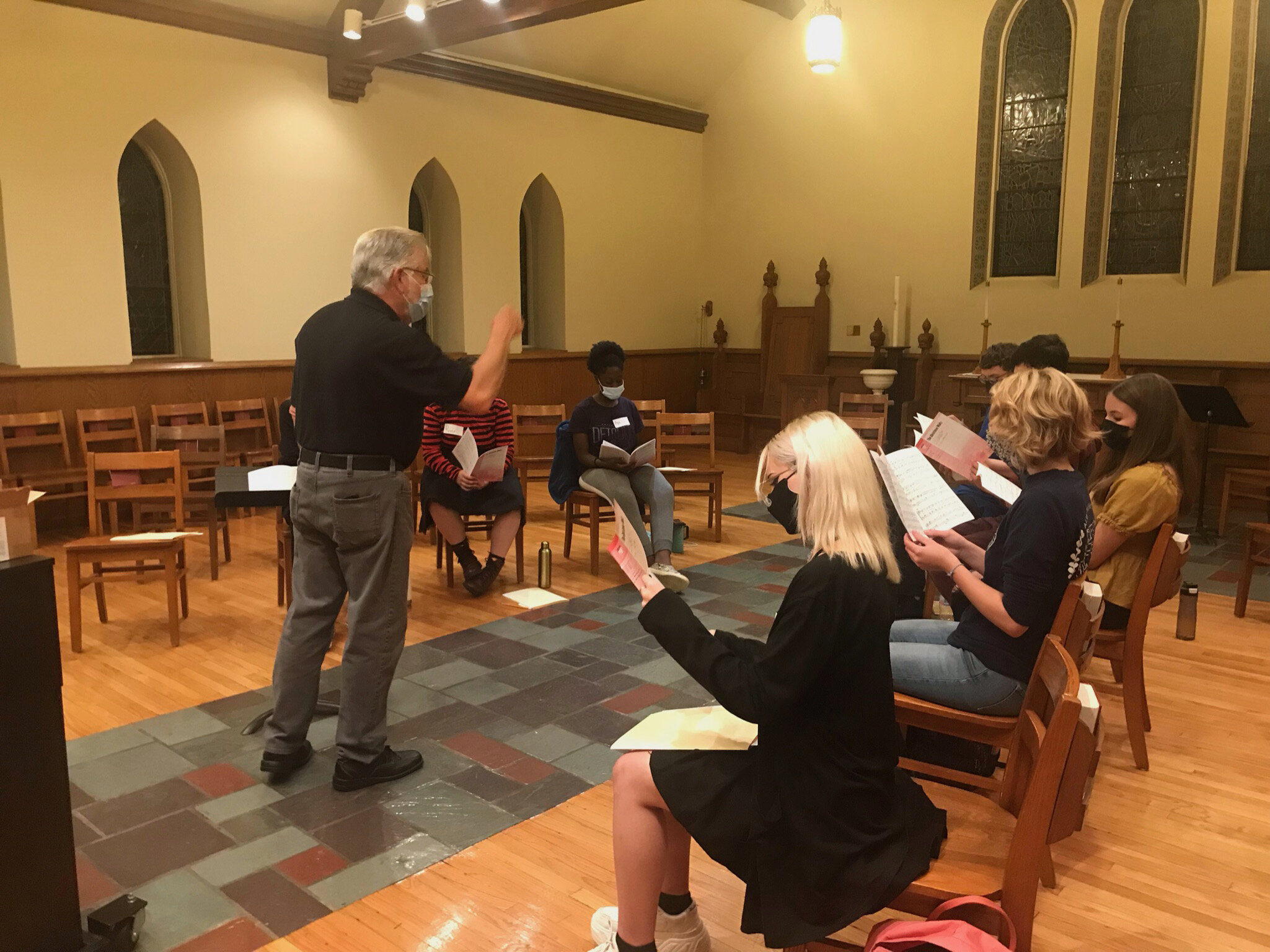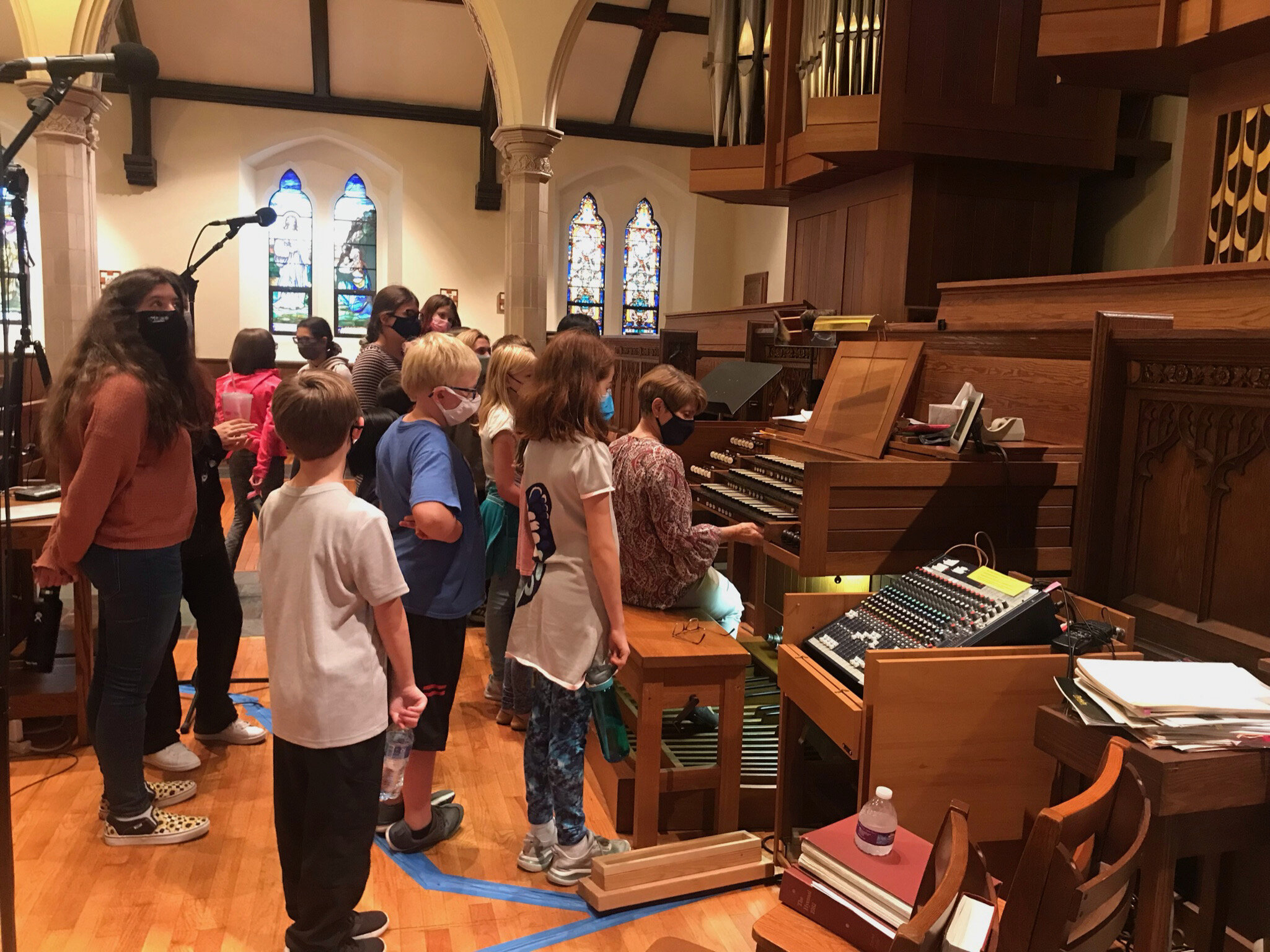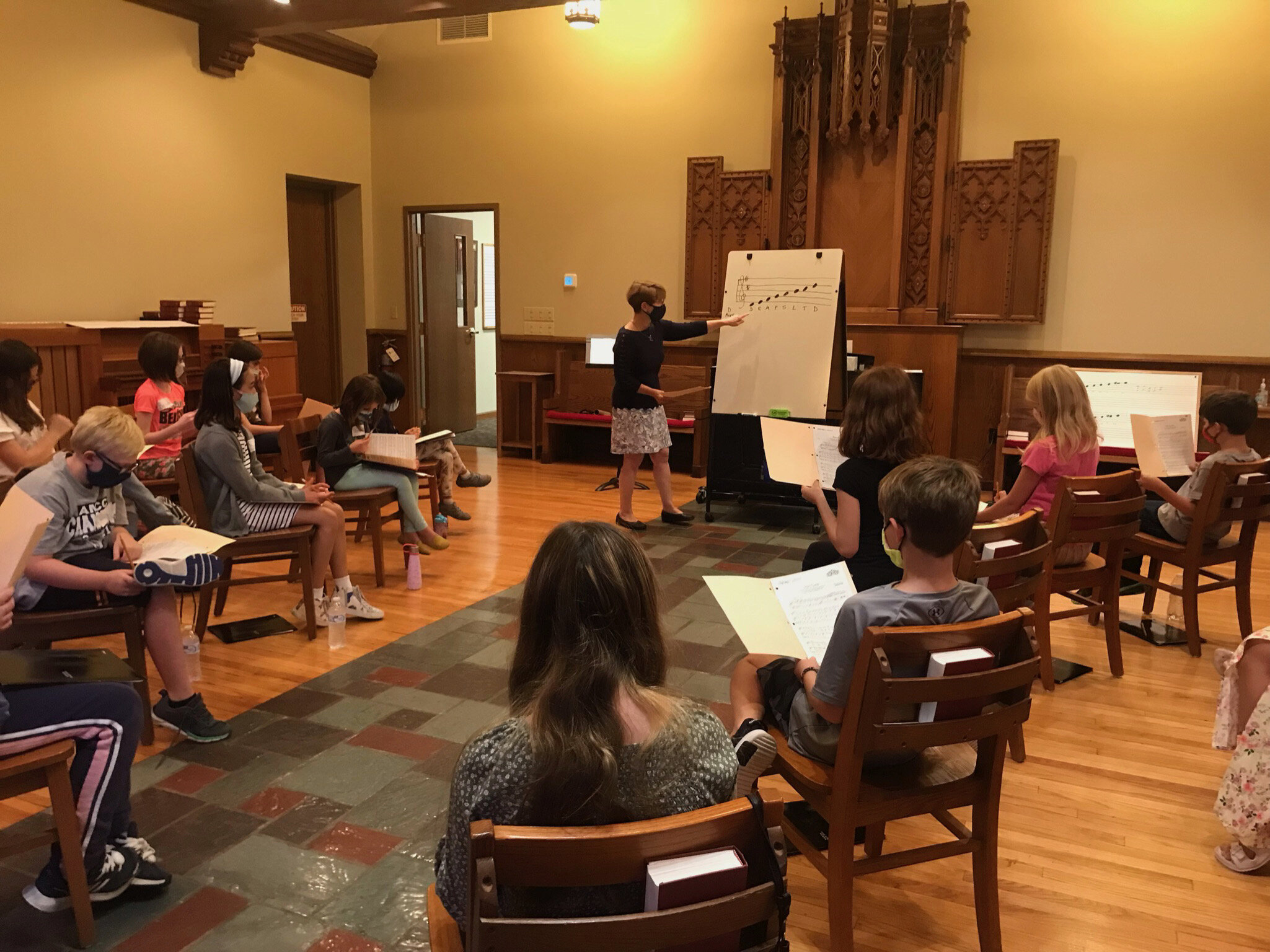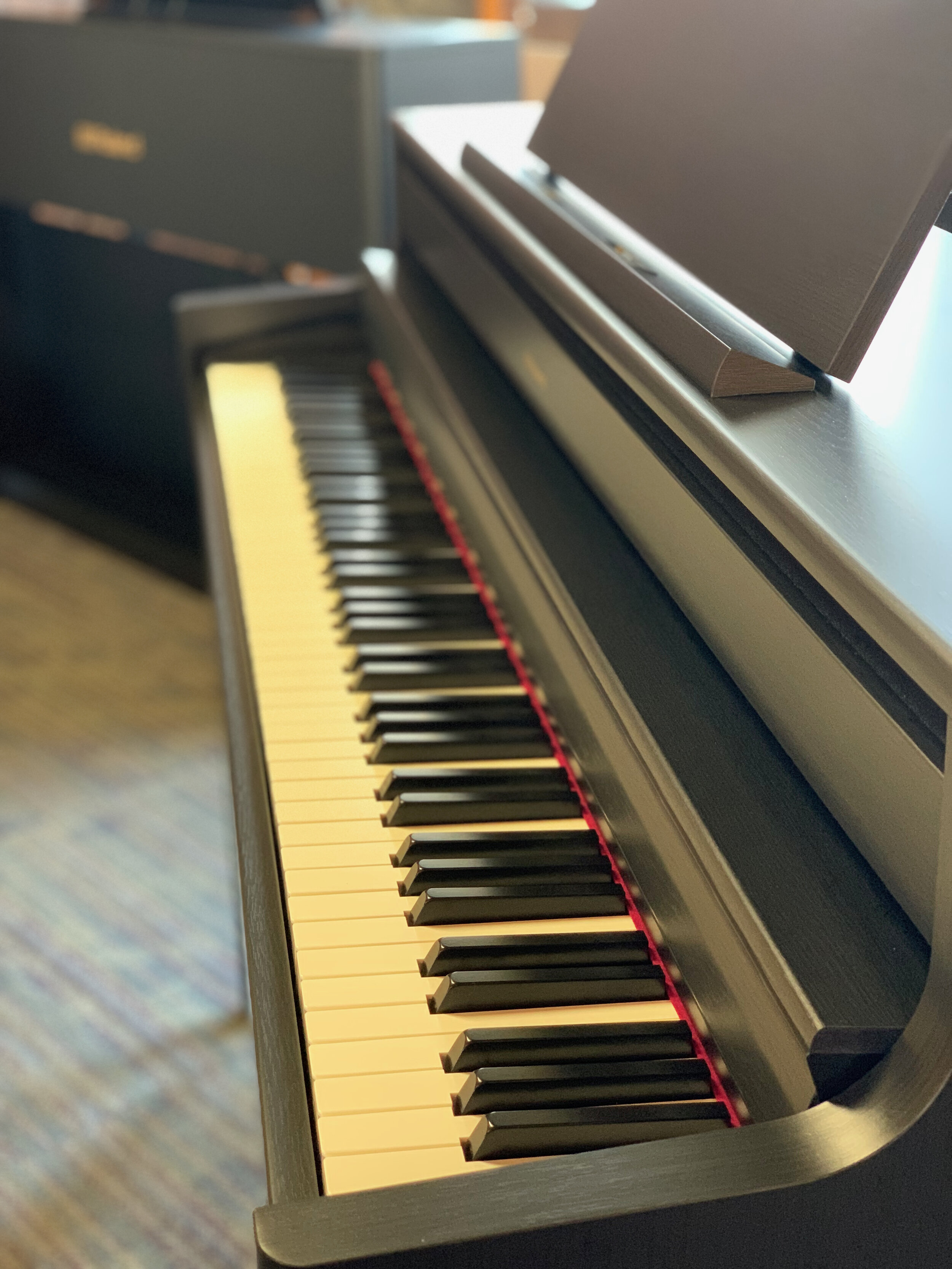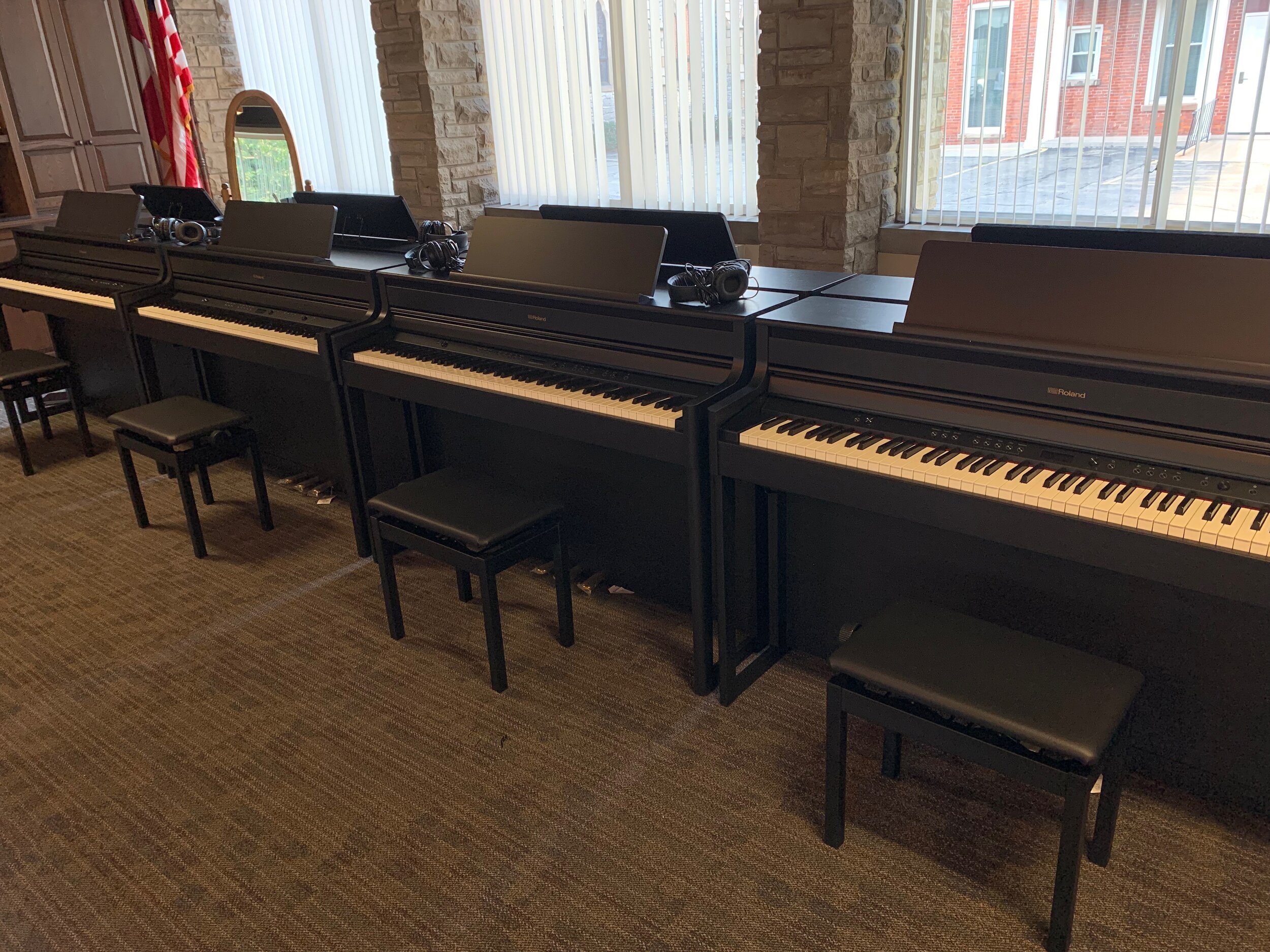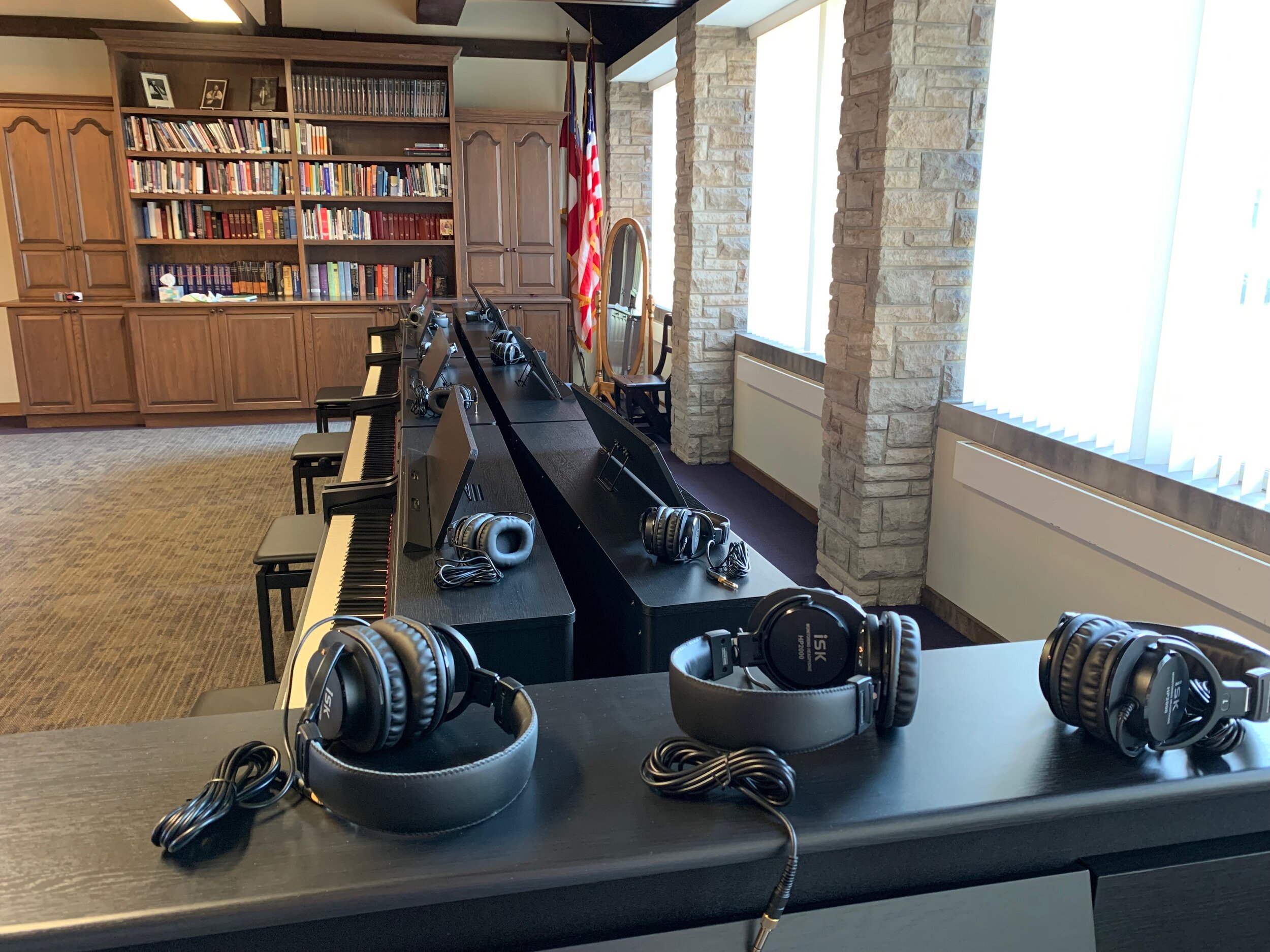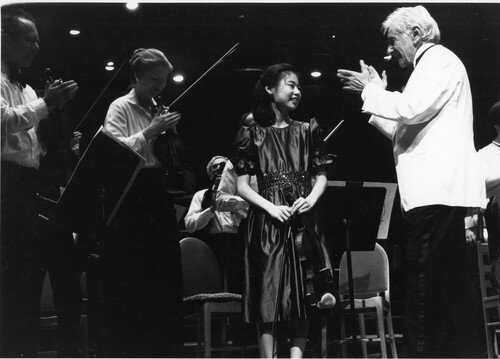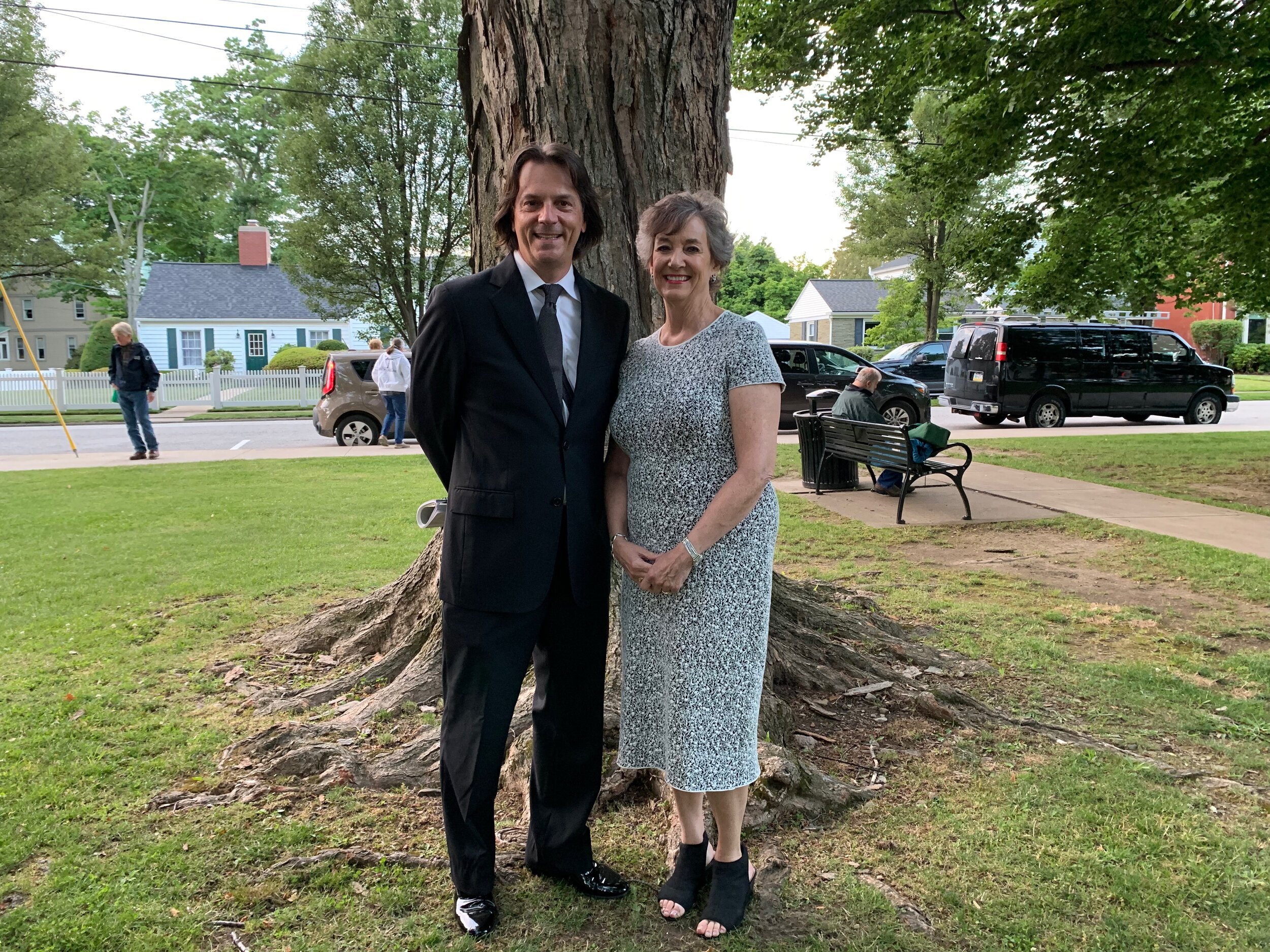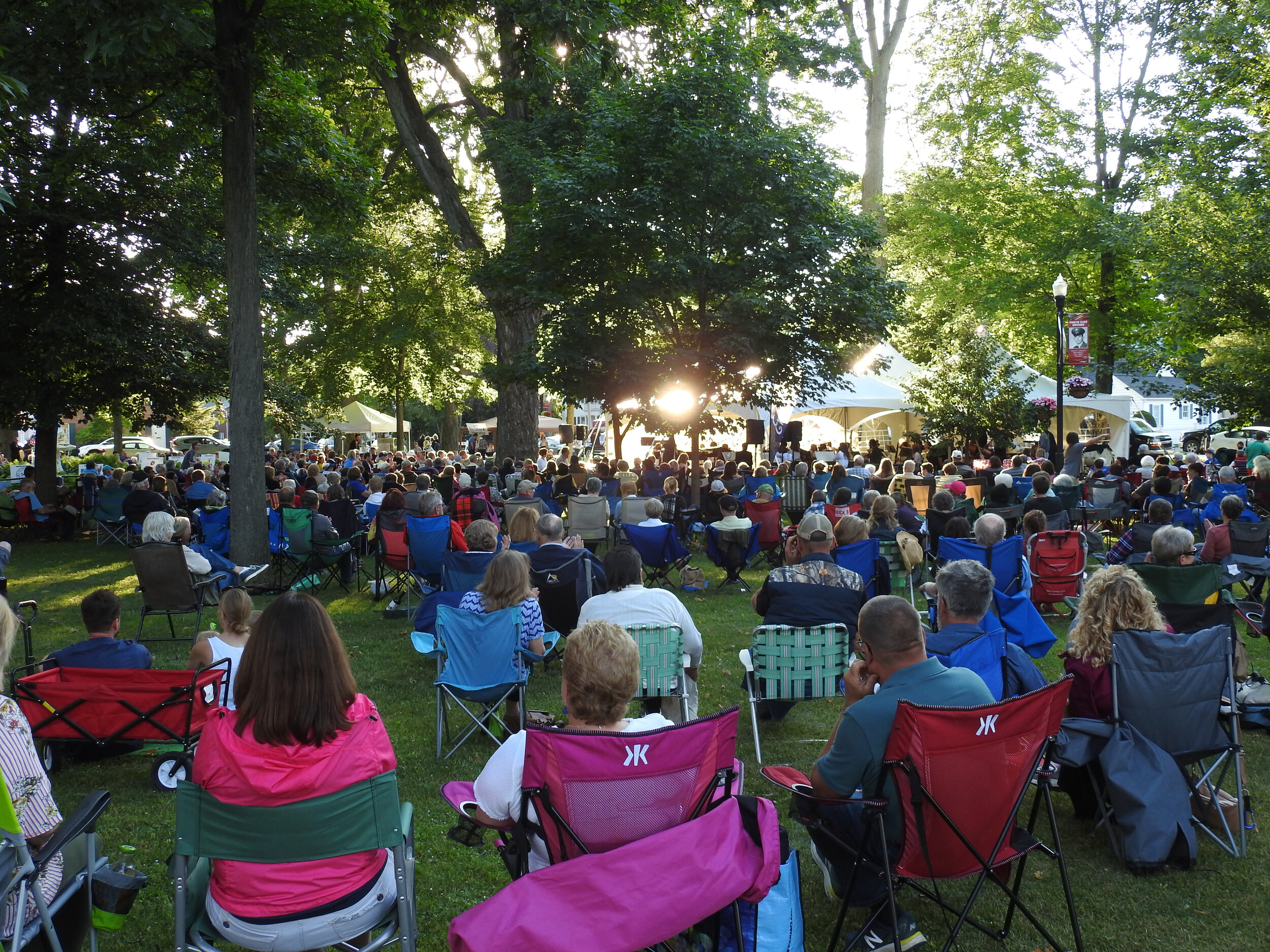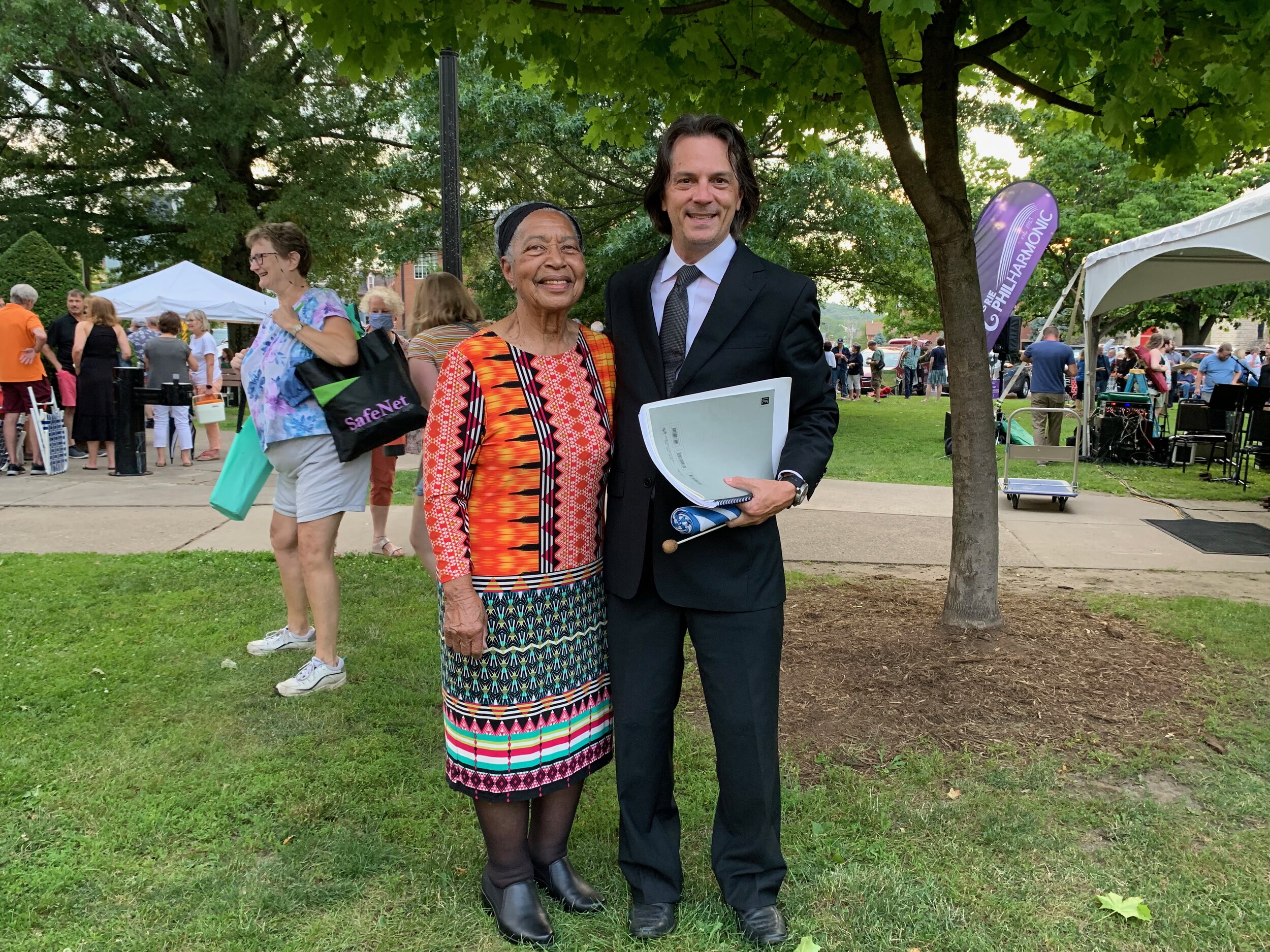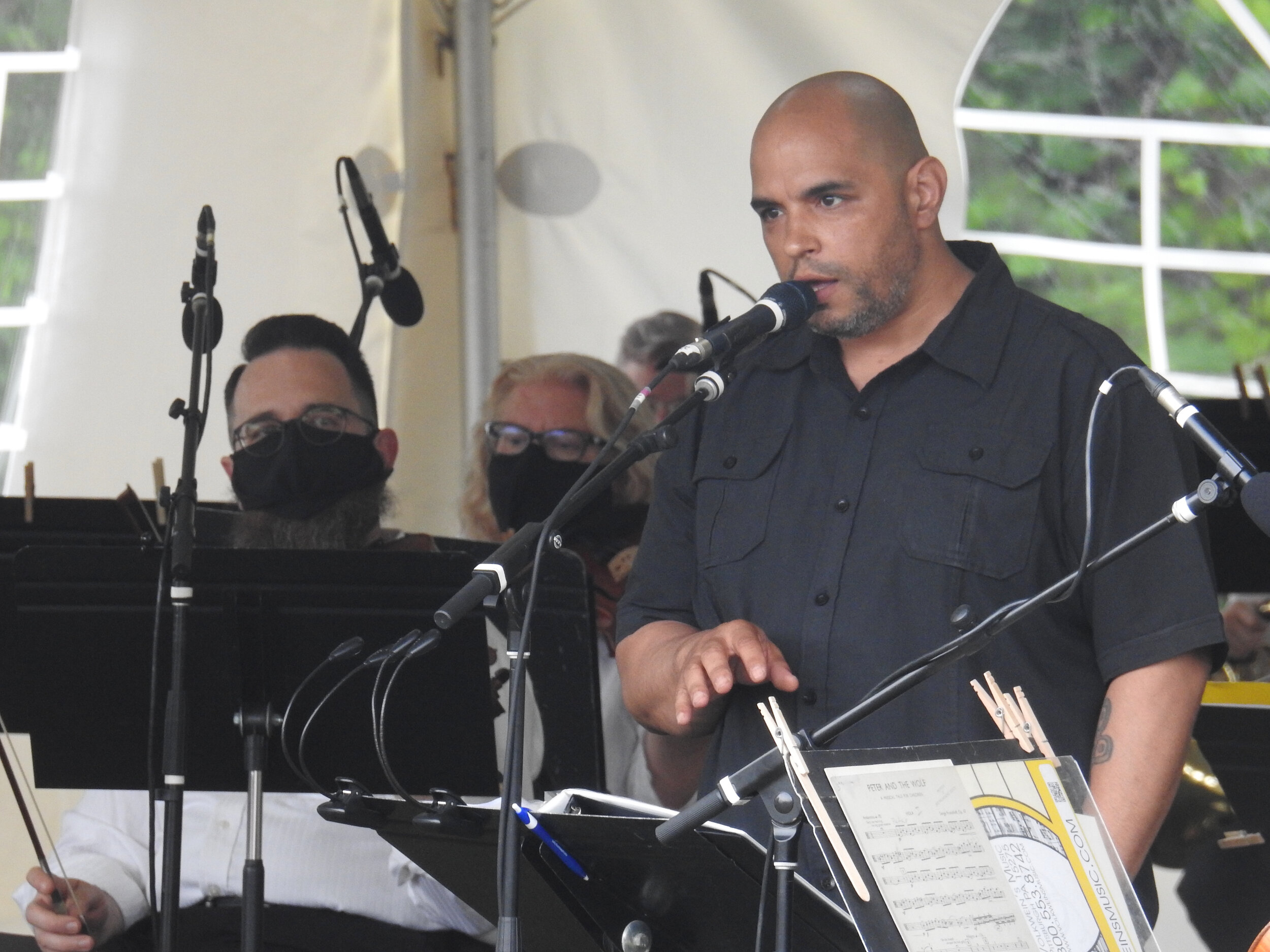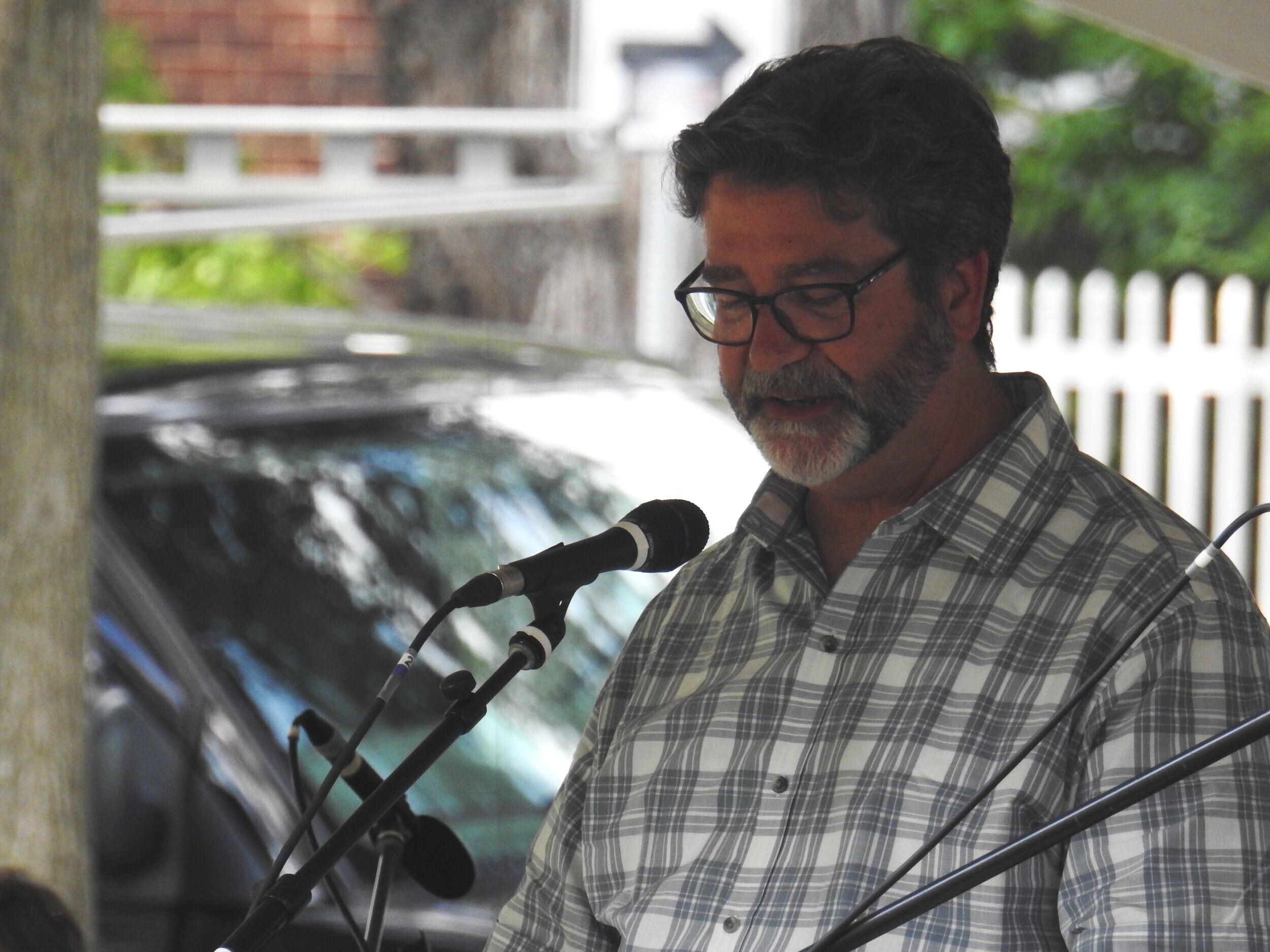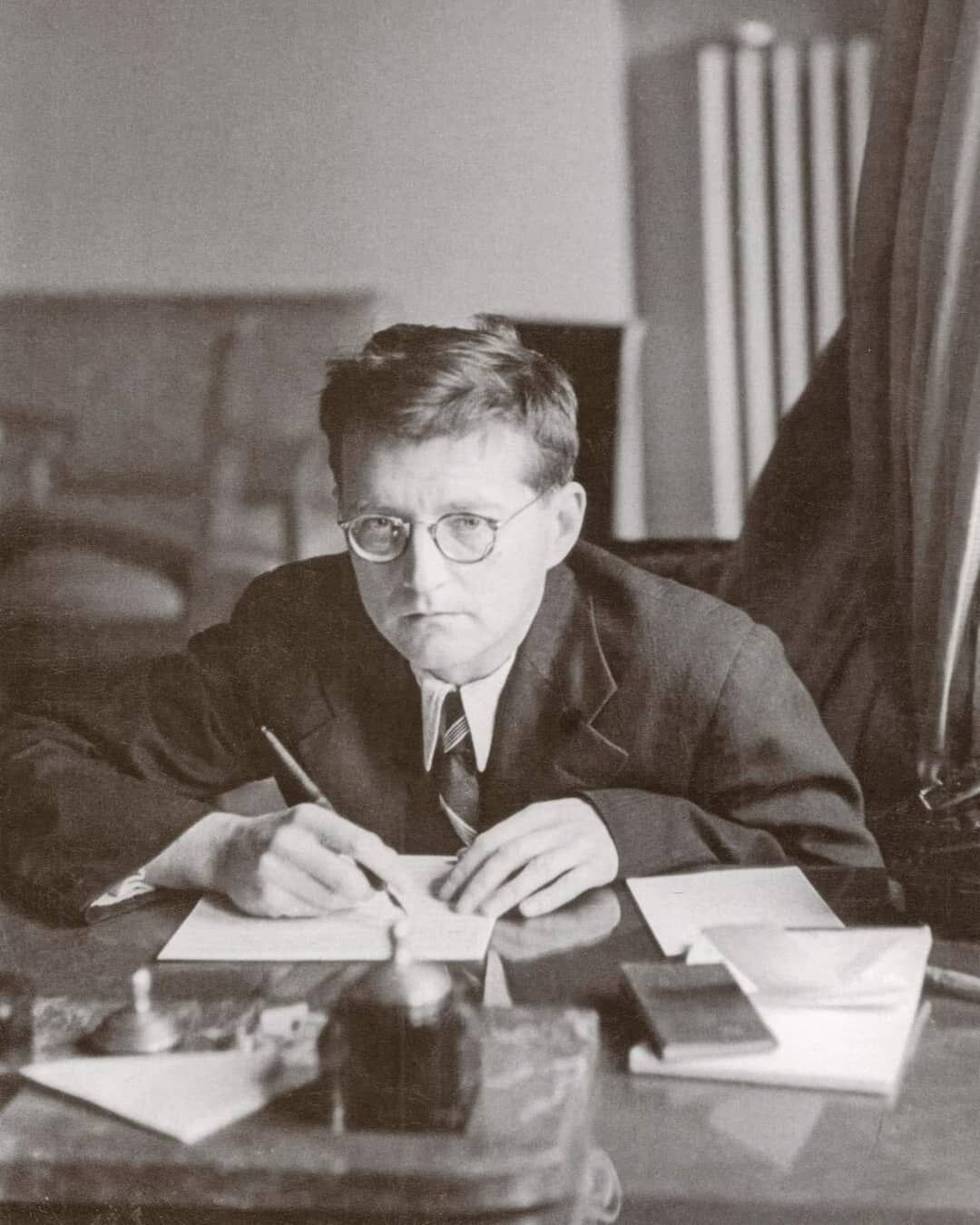ERIE PHILHARMONIC WELCOMES GUEST ‘BATON’ CONDUCTOR TO TAKE THE STAGE DURING SOLD-OUT PERFORMANCE
December 20, 2021 – The Erie Philharmonic continues its decades-long tradition of passing the ‘Baton’ with guest conductor Mike Batchelor taking the stage during the SOLD-OUT Music of the Knights performance on January 29, 2022.
Once a year, a community member is selected to take the helm of the Philharmonic as a fundraiser for the orchestra’s life-changing educational outreach activities, including youth concerts, instrumental petting zoos, virtual reality experiences and more.
Originally scheduled for 2020, this concert was postponed and later canceled due to the onset of the COVID-19 pandemic. In what can only be described as a storybook ending to this journey back to the Warner Theatre, Batchelor will now lead the Philharmonic in a performance of The Beatles’ song “The Long and Winding Road” during the orchestra’s second performance in the newly renovated Warner Theatre. “I am honored to help our Philharmonic celebrate their return to the renovated Warner Theatre,” said Batchelor. “As Tammy and I review our long history in Erie, some of our fondest memories are associated with the Erie Philharmonic and the Warner. I know that funds raised will help the Phil continue their community outreach and to build audiences that will secure their future for generations to come,” he said.
Batchelor, who recently retired after more than 30 years at the Erie Community Foundation, leaves behind an impressive legacy of fundraising and community support. Between the creation of Erie Gives Day to the expansion of Community Foundation assets from $20 million to $350 million, he has set the gold standard in creating public awareness for the true power of philanthropy.
Friends, colleagues and community members can make donations in Batchelor’s honor to support the Philharmonic’s educational outreach opportunities at https://eriephil.org/baton or by clicking below.
Since 1969, the orchestra has been led by more than 45 individuals from across the region. This list includes Noel Burgoyne, Chuck Furr, Mili Hanes, Linda Stevenson, Katie Denlinger, Lou Baxter, Wally Faas, Charlie Ingram, John Vanco, Christie Ferrier, Marlene Mosco, Don Baxter, Chuck Harris, Bruce Kern, John Baldwin, Pauline Scott, Peggy Richardson, Tom Vicary, Wally Knox, Al Renkis, Sandra Jarecki, James McKibben, Brady Louis, Robert Ferrier, Bob Merwin and many more.
The Philharmonic has reserved a block of tickets for this SOLD OUT performance set aside for donors in Batchelor’s honor.
Please contact Elizabeth Valkanas at 814.455.1375, ext. 114 or elizabeth@eriephil.org to make a donation.
Concert Details
Saturday, January 29, 2022 @ 8pm - SOLD OUT
Music of the Knights
Warner Theatre, 811 State Street
More info: https://eriephil.org/calendar/knights
Erie Philharmonic Box Office - 814.455.1375 (available Monday-Friday, 9am-5pm)
Please note - the box office will be closed from December 20-January 2. If you have any immediate questions please email info@eriephil.org.
Links for Additional Media Content:
2021-22 Season: https://eriephil.org/21-22
2021-22 COVID policy: https://eriephil.org/safetyplan
Patrons will be required to show proof of COVID-19 vaccination or negative test upon arrival (PCR within 72 hours, antigen within 24 hours). All patrons must wear their mask when inside a concert venue. Visit eriephil.org/safetyplan for full details.






